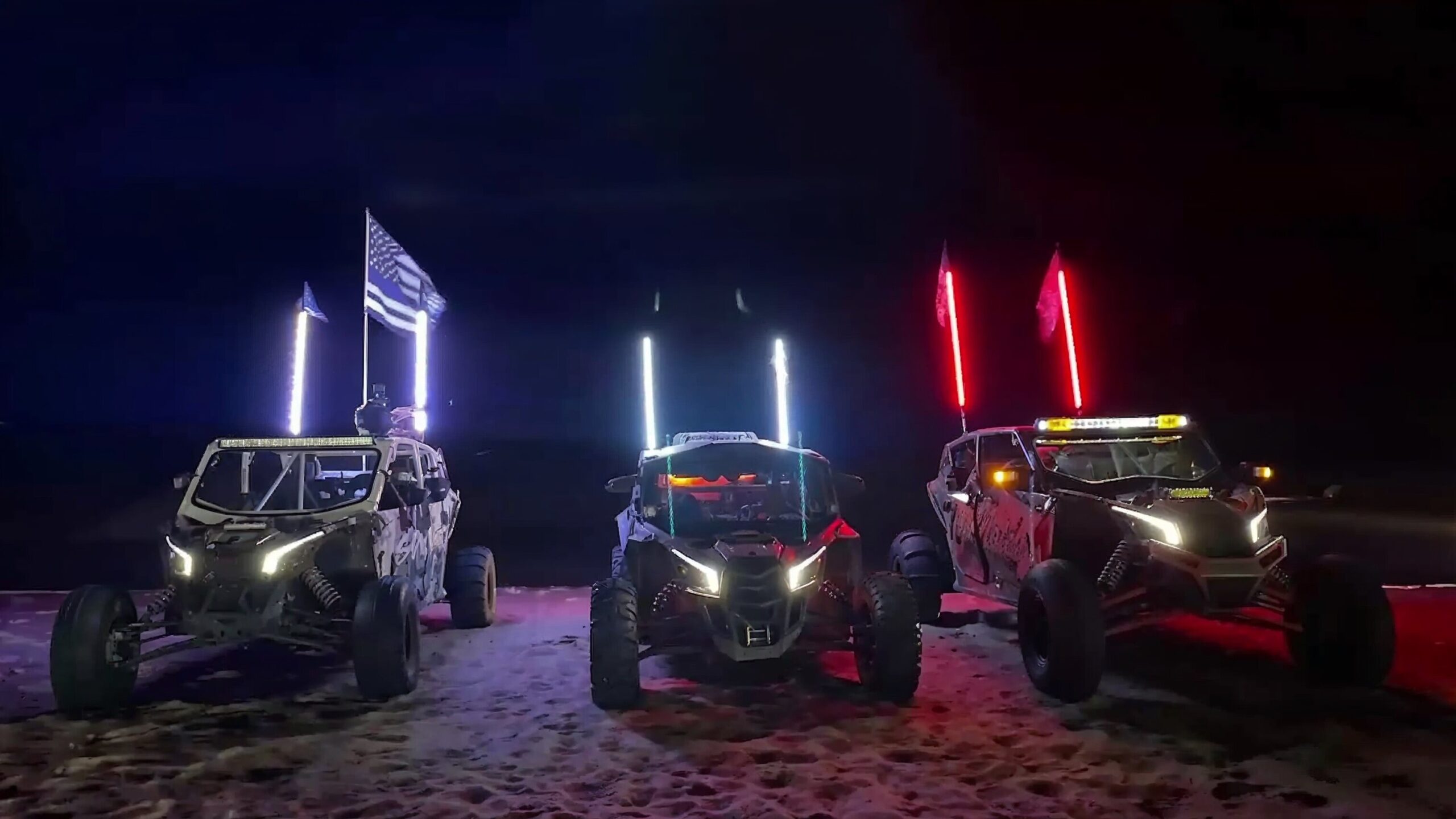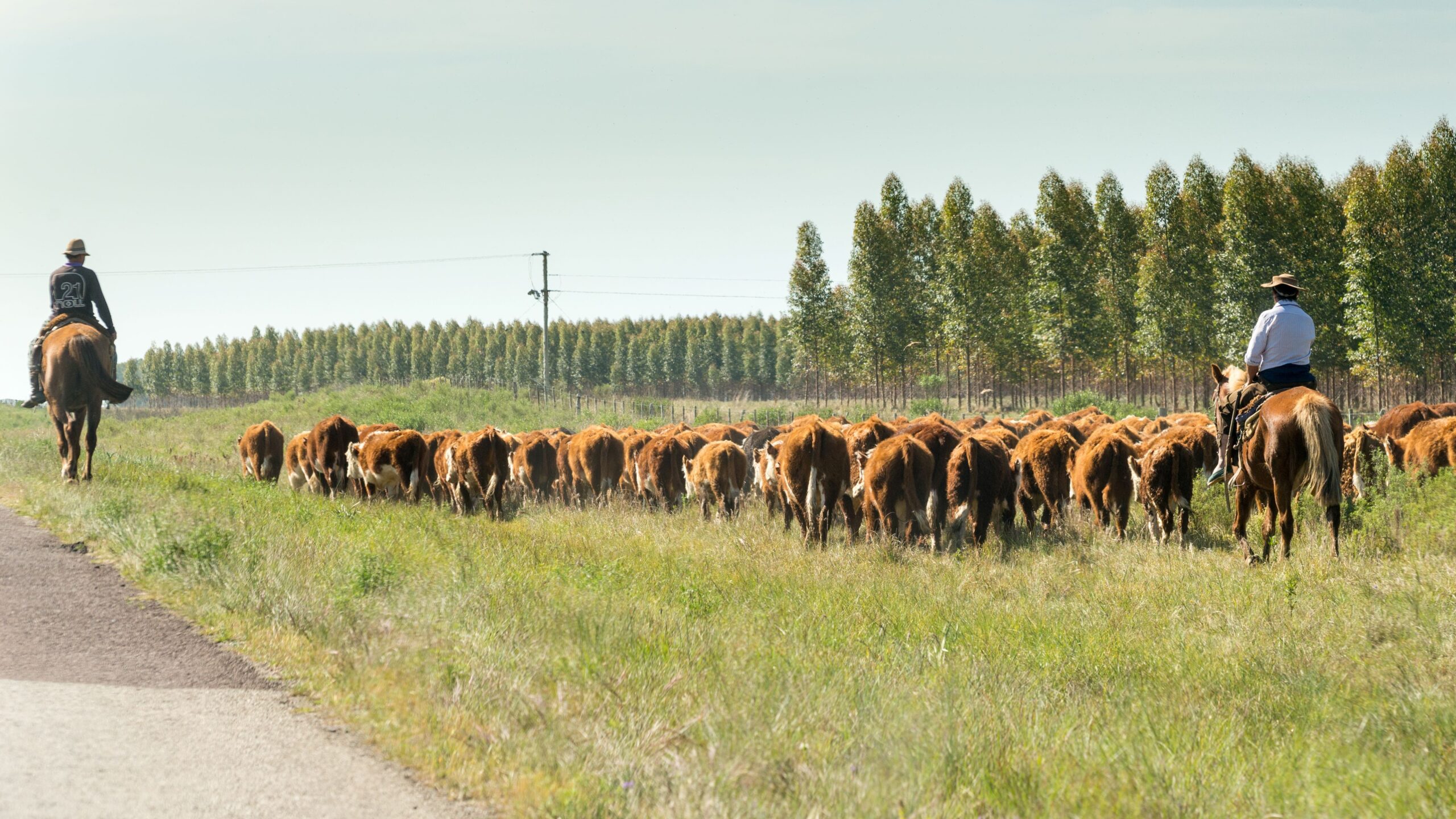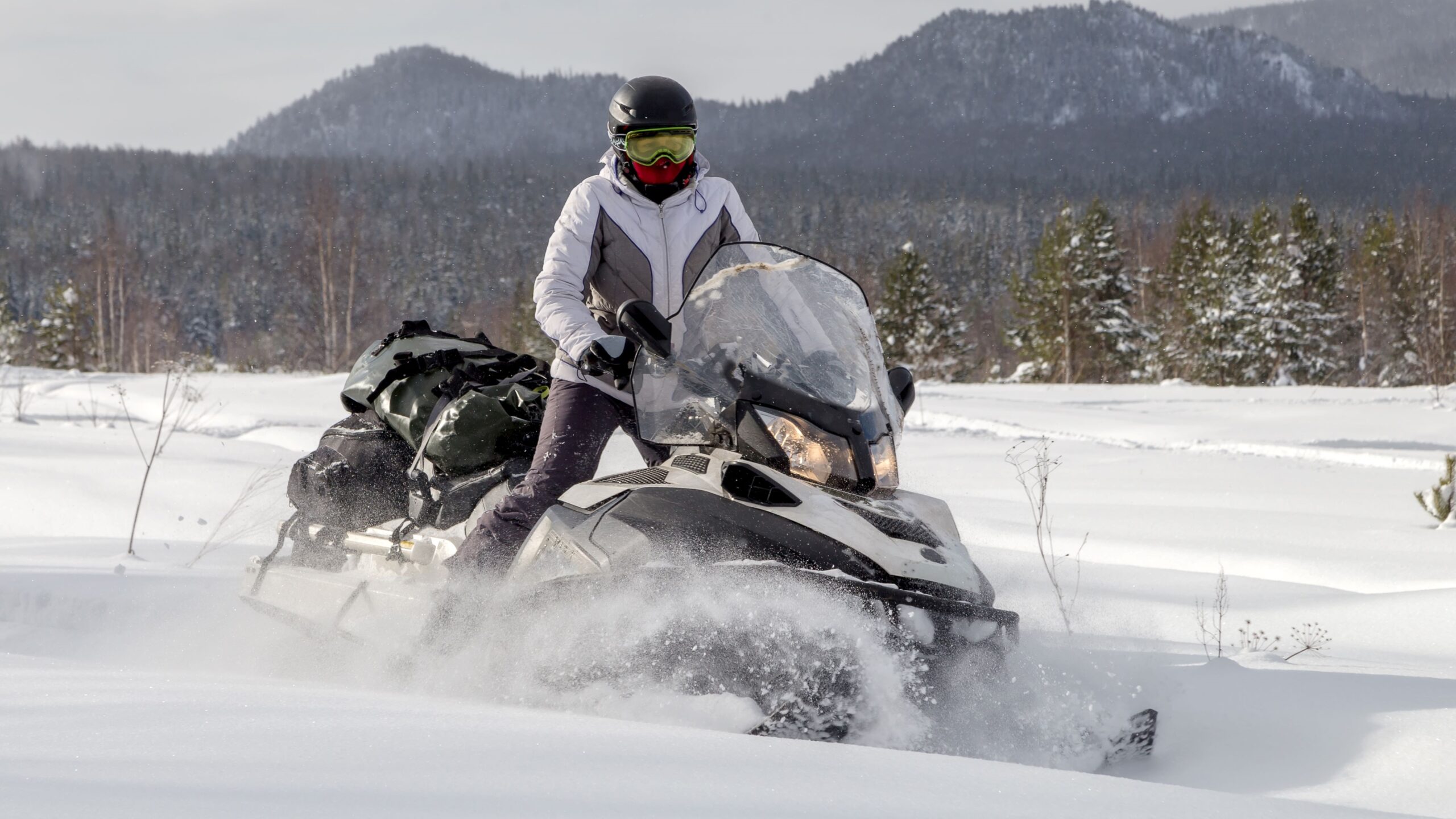If you’ve ever taken your UTV off-road—through mud, snow, rocks, or deep backcountry trails—you already know: it’s not just about fun. It’s about staying safe too. And guess what? There’s one simple add-on that can drastically improve your safety without costing a fortune or needing a mechanic to install. Yep, we’re talking about a UTV whip light—and no, it’s not just for looks. Let’s dig in step by step and uncover how this powerful little upgrade could be the smartest thing you bolt onto your ride.
What Is a UTV Whip Light, and Why Should You Care?
A UTV whip light is essentially a tall, flexible pole that is typically LED-lit and mounted on the back or rear frame of a utility terrain vehicle. This simple-looking device acts as a glowing safety beacon, waving in the wind as you drive. Its primary function is to increase your vehicle’s visibility, especially in environments where natural obstacles or low light make it hard for others to spot you. The whip light stands tall above the vehicle, making it easier for others to see you from a distance or over uneven terrain.
At night or in dusty conditions, these whip lights shine brightly in various colors like red, green, blue, or even rainbow patterns. This vibrant glow becomes a crucial signal to other riders or drivers nearby, alerting them of your presence before you come into their direct line of sight. The contrast of the glowing light against the dark or hazy environment ensures that your UTV doesn’t blend into the background, helping avoid collisions or surprises on tight trails.
You should care about whip lights because, quite simply, increased visibility equals improved safety. When riding off-road, you face challenges like dust clouds, fog, thick trees, and hills that can block or obscure your vehicle from view. Even the loudest engine sounds can be muffled by the environment or masked by other vehicles. Without a whip light, your UTV might be hidden until it’s too late for other drivers to react.
In off-road settings, every second counts when it comes to avoiding accidents. The whip light serves as a constant, glowing warning sign that lets others know exactly where you are, reducing the risk of crashes or close calls. It’s a small but effective piece of gear that can make a huge difference in your safety and the safety of those around you. So, if you want to protect yourself and your riding companions, this simple add-on is definitely worth the investment.
How One Simple Light Helps You Avoid Major Trouble
- UTV adventures can quickly turn from exciting to dangerous without warning.
- Sharp corners on trails make it hard for other drivers to see you until the last moment.
- Blind hills block your vehicle from the view of oncoming riders, increasing collision risks.
- Other drivers performing sudden maneuvers, like doing donuts or quick turns, can catch you off guard.
- Engine noise may be drowned out by the environment or other vehicles, making it harder to detect nearby UTVs.
- Headlights can get obscured by dust, mud, or thick vegetation, reducing visibility.
- Night rides on sand dunes often involve limited visibility and unexpected obstacles.
- Desert dust bowls create thick clouds that hide vehicles, making bright signals essential.
- Forest trails with sharp turns and dense trees can block line of sight for long stretches.
- Muddy trails coat tail lights and brake lights, rendering them almost invisible.
- Group rides with multiple UTVs require clear identification to avoid getting separated or colliding.
- In foggy or rainy conditions, whip lights cut through low visibility better than traditional lights.
- During races or competitive events, whip lights help officials and participants track vehicles.
- Emergency situations where quick signaling is necessary can be handled with flashing modes.
- In remote areas without street lighting, whip lights serve as crucial beacons.
- Whip lights reduce the chance of rear-end collisions by alerting drivers behind you.
- They help pedestrians or hikers spot vehicles from a safe distance.
- Whip lights improve overall trail etiquette by making all riders more aware of each other.
- Even during the day, the flashing or colorful glow of a whip light can catch attention better than stock lights.
- This simple light is often the difference between a close call and a serious accident.
The Safety Benefits Go Beyond Just Being Seen
| Safety Feature | How It Helps | Additional Benefits | Practical Examples | Why It Matters |
| Elevated Visibility | Visible from far away—even over hills or through dust clouds | Improves safety in low-visibility terrain | Spotting UTVs on dunes, through forest trails | Prevents collisions by making vehicles noticeable early |
| Flash Modes | Can signal hazards or emergencies with flashing or strobing settings | Attracts immediate attention in dangerous situations | Alerting others to sudden stops or emergencies | Enhances communication between riders for quick response |
| Group Coordination | Colored lights help identify different riders or teams | Simplifies tracking group members in busy or large rides | Using different colors for teams or family groups | Keeps groups organized and reduces lost riders |
| Electrical Integration | Can sync with brakes, turn signals, or hazard lights | Adds functionality beyond simple illumination | Brake lights flash with whip, turn signals enhanced | Provides additional safety signals matching vehicle actions |
| Reflective/Lighted Pole | Remains visible even if LED fails or power is off | Passive safety feature independent of electrical power | Reflective coating shines in headlights or flashlight beams | Ensures safety even during electrical failures |
Types of Whip Lights: Which One Should You Pick?
Choosing the right whip light for your UTV can feel overwhelming because not all whip lights are built the same. Each type offers different features, looks, and benefits depending on what you want most—whether it’s maximum visibility, style, or versatility. Understanding the main categories will help you pick the perfect whip light that fits your riding style and safety needs.
The most popular option by far is the LED whip light. These are known for their bright, vivid illumination and come with a variety of colors and modes. Many LED whip lights can sync with music or respond to braking, adding an interactive element that not only looks cool but also enhances safety by clearly signaling your intentions. Remote controls make switching colors or light patterns a breeze, so you can adapt your whip light to different conditions or preferences on the fly. LED whip lights offer a solid balance of visibility, functionality, and affordability, making them the go-to choice for most riders.
Fiber optic whip lights offer something a little different for those who want vibrant, uniform lighting that wraps around the pole smoothly. These whip lights produce a distinctive glow that looks more consistent along the entire length of the rod, creating a unique visual effect that stands out, especially at night. However, fiber optic versions tend to be slightly more expensive than standard LEDs. If aesthetics and a high-quality, eye-catching light are priorities for you, investing in a fiber optic whip might be worth it.
Another option to consider is the flag whip, which combines the traditional safety flag with LED lighting. These are especially popular in sandy environments like dunes and at off-road events where visibility and identification are critical. The flag adds height and movement, while the integrated LEDs provide glowing light that makes you easily spotted from a distance. If you want a whip light that merges classic safety with modern lighting technology—and you often ride in areas with strict flag requirements—this might be the ideal choice for you. Ultimately, if simplicity and proven safety are what you want, an LED whip with multiple modes is your best bet. For those who want extra flair or have specific environment needs, fiber optic and flag whips bring unique advantages.
Installation: Easier Than You Think
- You don’t need a full toolbox or an electrical degree to install a UTV whip light.
- First, pick the best mounting spot, which is usually the rear bumper or the roll cage of your UTV.
- Next, use the mount bracket that comes with most whip light kits to secure the whip pole firmly in place.
- After mounting, carefully run the wiring through the roll cage or along the frame to keep it safe from damage or snags.
- Connect the wiring to your UTV’s battery or fuse box; if you want extra functionality, you can also wire it to your brake lights or turn signals.
- Make sure all connections are secure and insulated properly to avoid shorts or loose contacts.
- Once the wiring is complete, test the whip light by turning it on and cycling through its modes using the remote control or in-line switch.
- Check that all light modes—steady, flashing, strobe, or color changes—work as expected before finishing up.
- Double-check the whip’s mounting to ensure it’s tight and won’t wobble or fall off during rides.
- Tidy up any loose wires with zip ties or clips to keep everything neat and prevent damage.
- Most users find that installation takes less than an hour from start to finish, even if it’s their first time.
- If you’re unsure about wiring or electrical connections, many kits come with clear instructions, and plenty of online videos can guide you step by step.
- Once installed, your whip light is ready to boost your visibility and safety on any trail or dune.
Legal Stuff: Do You Need to Use a Whip Light?
| Location | Regulation | Minimum Height/Flag Requirement | Enforcement Authority | Why It Matters |
| Glamis Sand Dunes, CA | Whip lights required on all off-road vehicles | Typically 8 feet from the ground | Bureau of Land Management (BLM) | Ensures high visibility in crowded dune areas, especially during peak riding times |
| Oregon Dunes, OR | Whip with flag required on all dune-access vehicles | 8-foot pole with red/orange flag | U.S. Forest Service | Helps riders stay visible through coastal fog and dune crests |
| Silver Lake, MI | Whip and flag required at all times | 6×12-inch orange flag mounted above vehicle | Michigan DNR and local law enforcement | Prevents accidents on steep dune slopes and high-traffic trails |
| Utah OHV Trails | Flag or whip required above roofline | Must extend above the highest point of vehicle | Utah State Parks & Recreation | Enhances safety in mountainous terrain with blind corners and narrow paths |
| Local Clubs & Private Trails | Strongly recommended or enforced through club rules | Varies based on location and ride conditions | Trail owners, riding associations | Encourages safe riding practices, especially during group rides and night runs |
Bonus Feature: They Look Awesome
Let’s be honest—while the primary reason to install a whip light is safety, there’s no denying that they also seriously boost your UTV’s visual appeal. These lights aren’t just practical; they’re downright stylish. From a distance, a glowing whip light can make your rig stand out like a spaceship on wheels, especially when you’re rolling through a night trail or a group ride event. They’re bold, eye-catching, and they make a statement long before you even rev your engine.
Modern whip lights come with a huge variety of customization features. You’re not stuck with a single blinking color. Many models offer full RGB capability, meaning you can select from millions of color combinations. Want a solid red glow to match your vehicle’s body? Done. Prefer shifting colors that move in a wave-like chase pattern? Also possible. Some even respond to sound or your throttle, lighting up in rhythm with music or acceleration, creating an immersive, reactive effect that turns your UTV into a mobile light show.
The versatility doesn’t stop there. Riders can program their whip lights with specific modes for different events. Strobe settings for visibility, pulse modes for dramatic flair, or custom color sequences for night rallies or meetups—all available at the push of a button or via app control. Whether you’re trailblazing solo or showing off with friends, your whip light adds an extra level of personality and creativity to your ride. It’s one of those rare upgrades that’s as fun as it is functional.
And let’s not forget the “cool factor.” Beyond just being seen, you get noticed. Other riders will spot your rig instantly, and it becomes easier to identify your vehicle in a lineup or while riding in a group. It’s like your UTV is wearing a glowing signature, flashing your style while keeping you safer on the trail. So really, it’s not just about safety—it’s about swagger. And who doesn’t want both?





